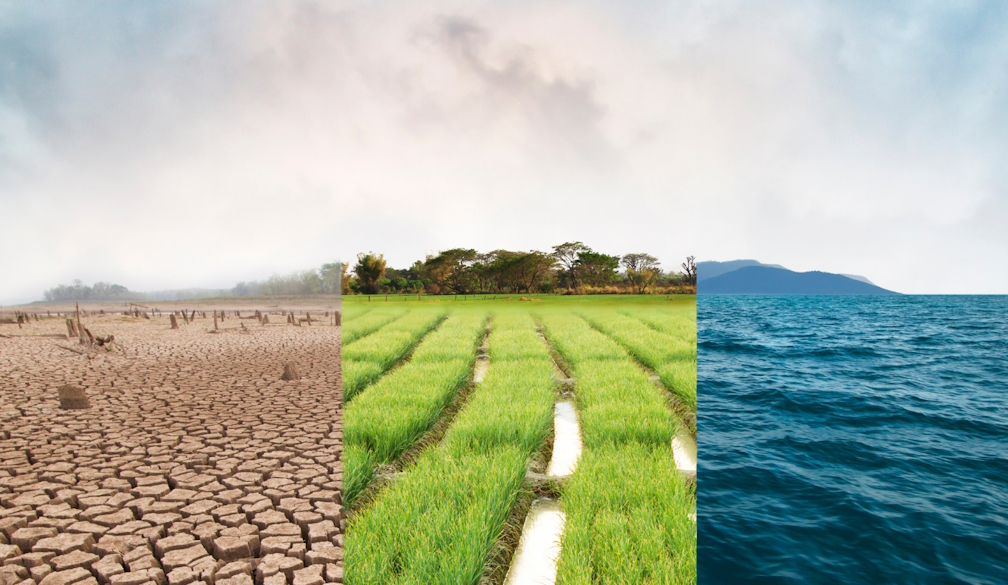Bob Moses played critical role in civil rights organizing and math literacy for Black students
- Written by Hasan Kwame Jeffries, Associate Professor of History, The Ohio State University
 Civil rights activist Bob Moses founded The Algebra Project to help Black students develop strong math skills.Princeton Public Library/Flickr, CC BY-ND
Civil rights activist Bob Moses founded The Algebra Project to help Black students develop strong math skills.Princeton Public Library/Flickr, CC BY-NDAs an organizer for the Student Nonviolent Coordinating Committee during the 1960s, Bob Moses traveled to the most dangerous parts of Mississippi to help African Americans end segregation and secure...

















